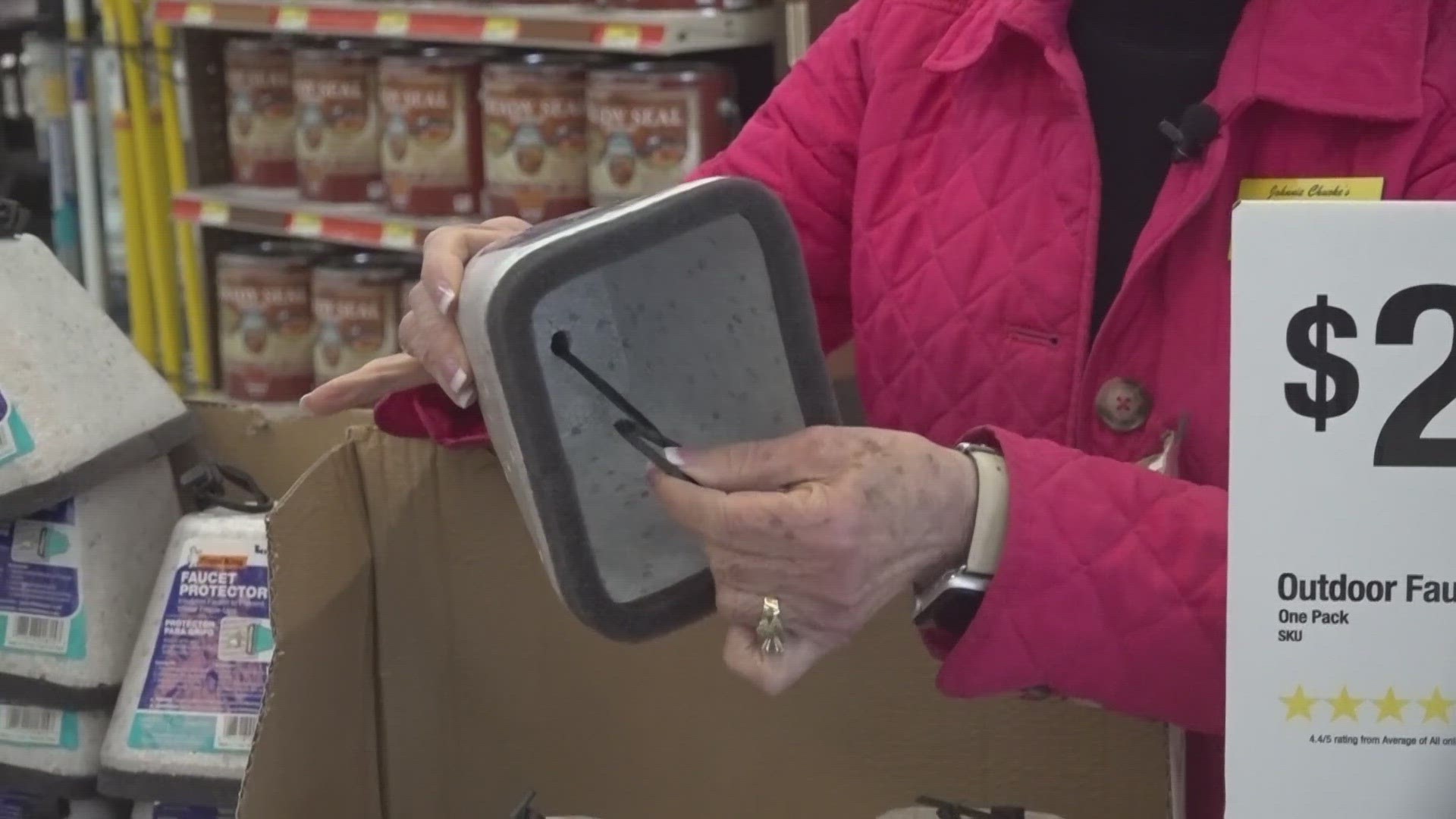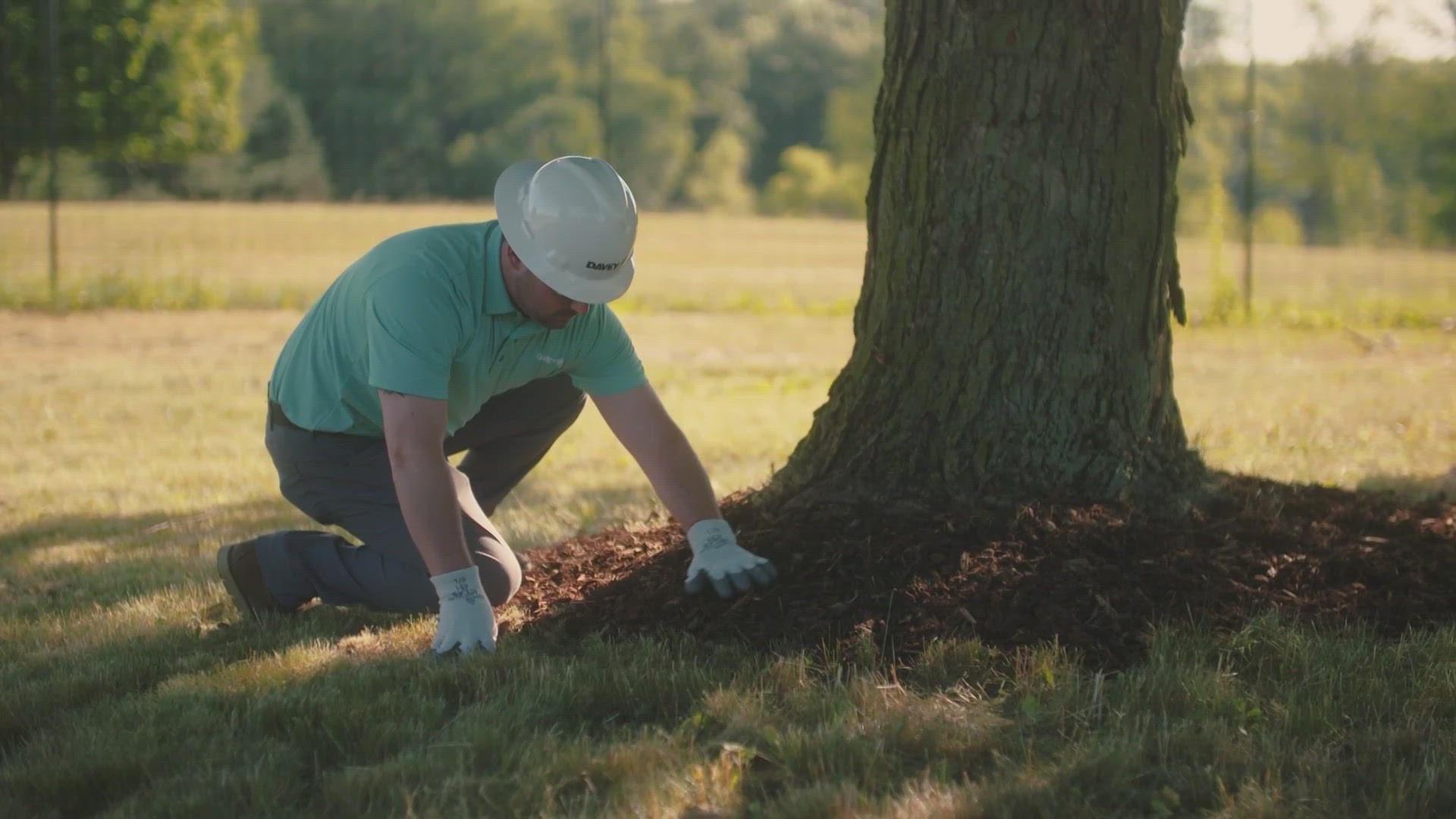SAN ANTONIO — We are still a few days away from the extreme cold expected.
But now is the time to prepare your home before unexpected damage occurs from the bitterly cold temperatures.
The big task many homeowners face is protecting outdoor pipes exposed to the cold. Doing it properly can prevent the unwanted, costly damage that comes along with frozen and burst pipes and the inconvenience of being without water.
Bobby Terrell from Jon Wayne Service Company told us, "If you don't have conventional insulation, you can use something as simple as an old rag or bath towel just to wrap your pipes and keep them insulated from the cold."
Turning your faucets on and leaving them to drip is also an option. You should also know how to shut off the water beforehand in the case of an emergency.
"Let's say a pipe burst or something like that. You want to be able to stop the flow of water into your home before that water causes any more damage," added Terrell.
Some of the most common mistakes that homeowners make that could make pipes freeze and burst easier include turning off the heat when you aren't home. You should actually lower the temperature to keep pipes above freezing until you return.
Leaving windows open for air circulation is also not a good idea since pipes near the window are more likely to freeze and failing to insulate your pipes makes them more likely to freeze with cold air around it.
And, failing to disconnect outdoor hoses could be a problem since standing water could bust the hose or the spigot.
Finally, leaving outside vents open in places like the attic or crawlspace should be avoided since it allows more cold air to infiltrate the home.
Space heaters also need to be used properly, ideally in rooms with good ventilation.
"Some space heaters can emit gases that can be deadly. So you want to make sure that when you try to warm up your area and go to bed at night, it's not the last dream you have," said Terrell.
Terrell also said the most dangerous thing about heating your home is carbon monoxide because the gas is odorless and invisible so being poisoned by it is easy. You can avoid that by installing a carbon monoxide monitor.
And, whenever there is a threat of ice like what could happen Monday morning, we usually talk about protecting the P's...people, pets, pipes, and plants. But you need to add your trees to that list. As well as anything under the canopy of those trees. The trees that need the most protection are any that you may have planted within the past year.
"Especially when it starts getting really cold. Really, what happens is the moisture in the cells start to expand as they freeze, and it breaks the cell walls. So as the temperatures drop, if they stay cold enough for long enough, they can expand that moisture in the cell walls. And that's where the damage comes from," said Jess Devin from Davey Tree.
Canopy.org says you can keep your plants from freezing by covering susceptible trees and plants with burlap, sheets, or tarps that extend all of the way to the ground.
You also need to keep plants well watered. Most soil will retain the water and re-radiate the heat at night.
In addition, you should remove turf or weeds from the canopy of trees because bare soil absorbs and reflects heat best. And use wood chip mulch to prevent soil moisture loss and insulate roots.
"We don't want it touch touching the trunk. And we don't want the mulch too thick, about two to three inches thick. That helps protect some of the root system from the colder weather," Devin added.
If you do cover up your plants make sure to remove the cover as soon as the temperature warms above 32 degrees to prevent those plants from being scorched by the heat underneath the covering.
> MORE ON KENS


